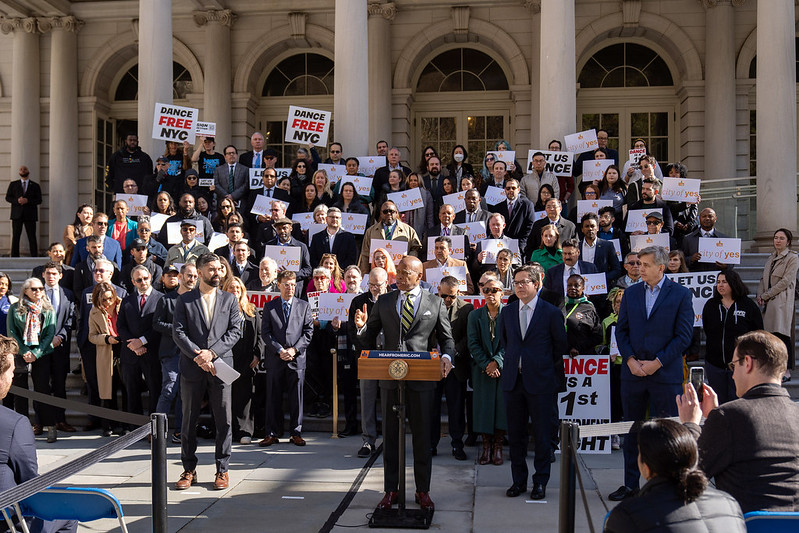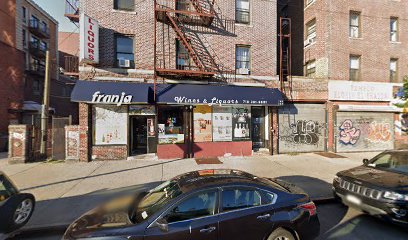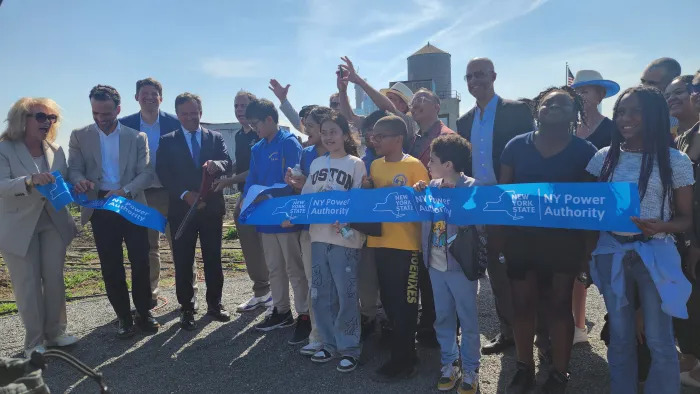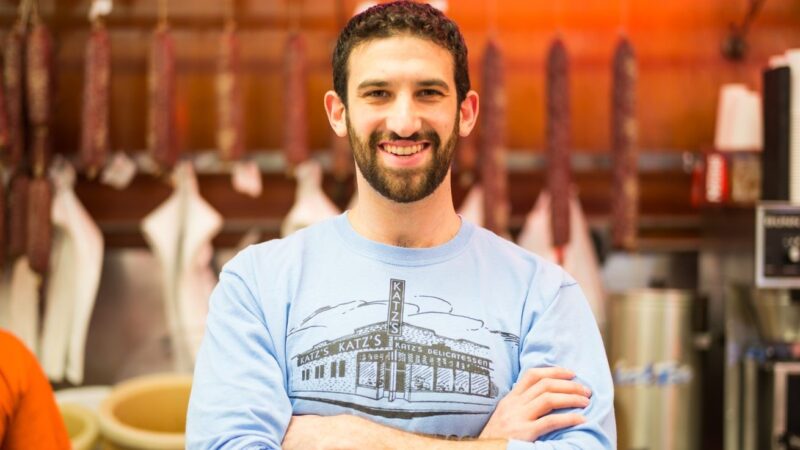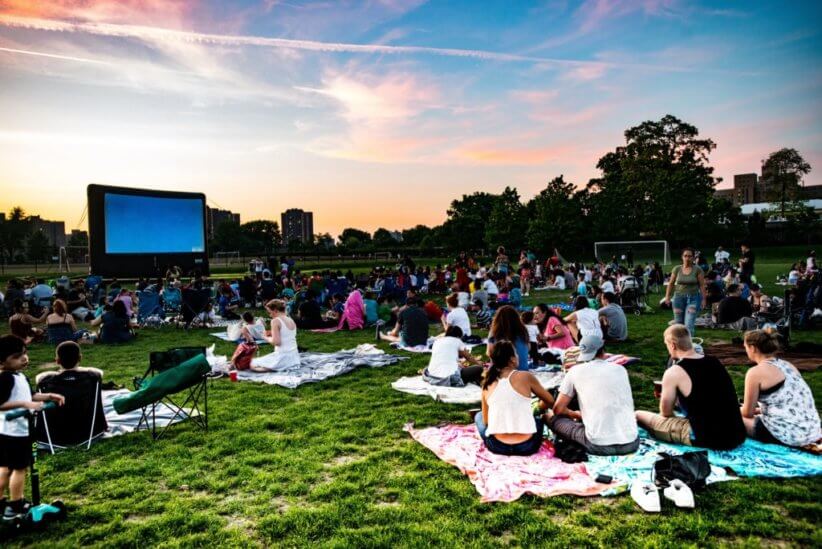By Dustin Brown
One envisions a clay man with a flower growing from his head. Another has started assembling a person made entirely of spheres.
Their designs are preliminary, the ideas raw. But a small group of students at Robert F. Wagner Jr. Secondary School in Long Island City is plowing forward with plans to beautify the community garden they can no longer even access.
A dozen or so Wagner students meet regularly with artist Jennifer Zackin as part of their long-term vision to fill the garden that sits a block from their school with sculptures of their own creation.
“I’m trying to plant the seeds for this project,” said Zackin, a 31-year-old sculptor, installation and video artist from Brooklyn who is supervising the students while leaving the creative direction entirely up to them.
Although their projects have been delayed by a property dispute with Public Storage, a nearby company that claims the 47th Avenue garden land as part of its own extensive lot, the students have already begun getting their hands dirty—not with soil but with clay.
For their Friday meeting Zackin came prepared with large blocks of red air-dry clay, which they began transforming into three-dimensional reality based on flat sketches they had already drawn.
The process they are following, although abridged, closely mirrors the way a professional artist pitches an idea to an institution such as the Socrates Sculpture Park in Long Island City, where Zackin will be producing a piece later this year.
“I had to make a proposal, I had to give them photographs and sketches, write out my ideas for them to accept it,” Zackin told the students before cutting out blocks of clay for them with a thin wire.
The comparison with Socrates is an appropriate one, for the park is sponsoring the project with funding from the New York State Council on the Arts, part of an ongoing relationship with Wagner that dates back to 1990.
“We were a grassroots illegal garden, same as the LIC Roots garden is,” said Stephanie Diamond, the director of education and community relations for Socrates. “We’re kind of like the big brother, big sister to their space. We kind of give that example that it’s possible to start from nothing and make something huge.”
For most of the students, the experience is an entirely new one.
“It’s like nothing I’ve ever done before,” said Hevert Rodriguez, 20, a senior.
But despite a thorough unfamiliarity with the clay medium, Rodriguez showed a natural adeptness at transforming the solid block that many complained was tough and unworkable into a nuanced work of art.
By the end of an hourlong session, Rodriguez had transformed a large lump of clay into a small, ghost-like figure staring blankly through a pair of hollow eyes, sitting with its knees pressed against its stubby body, which he wants to replicate the figure and arrange in mass around the garden.
“They look sad. They’re like little sad people that are being ignored by these big companies,” he said. “I just hope at least these little guys make people feel sorry for the garden being taken away.”
Zackin envisions the students coming back next year and transforming the small models they craft in the final days of school into large-scale sculptures. But for now, she has been forced to adapt the project, expediting the process and allowing the students to end with a finished product in their hands.
“I think we have to create something we can make outside and just bring in the space,” she said.
The lesson students are taking from the project goes well beyond the classroom.
“They’re learning rapidly what it’s like to deal with the city, what it’s like to deal with corporations, what it’s like to deal with red tape, which is a hard lesson but pretty important lesson and pretty fantastic for high school students to be able to experience that,” Diamond said.
But those lessons are sometimes hard to swallow for a teenager with high ideals.
“I’m a bit peeved,” said Alison McGlynn, 16, a sophomore member of LIC Roots who is active in student government. “We’re actually making this land more valuable by making it fertile, so I don’t understand why they’re not letting us use the land.”
Reach reporter Dustin Brown by e-mail at Timesledger@aol.com or call 229-0300, Ext. 154.







